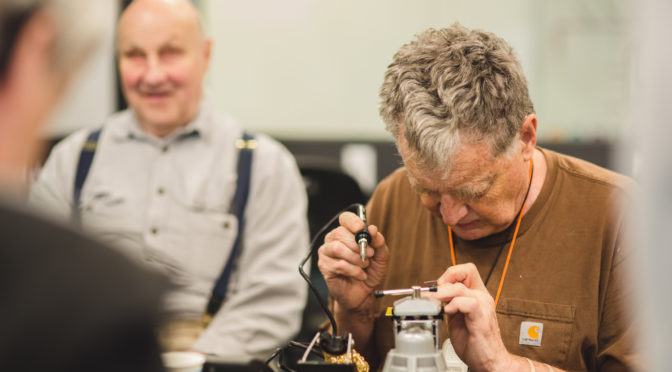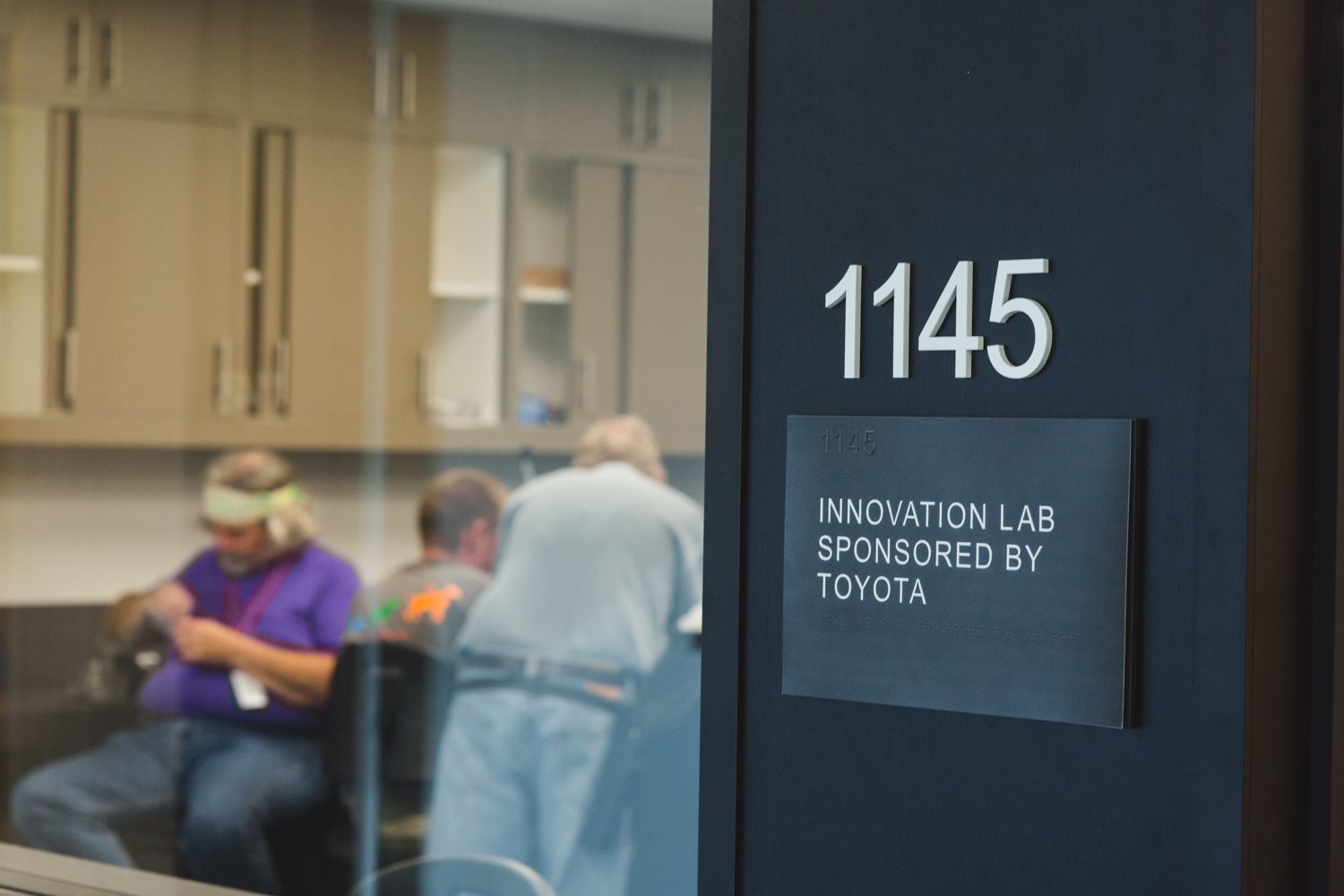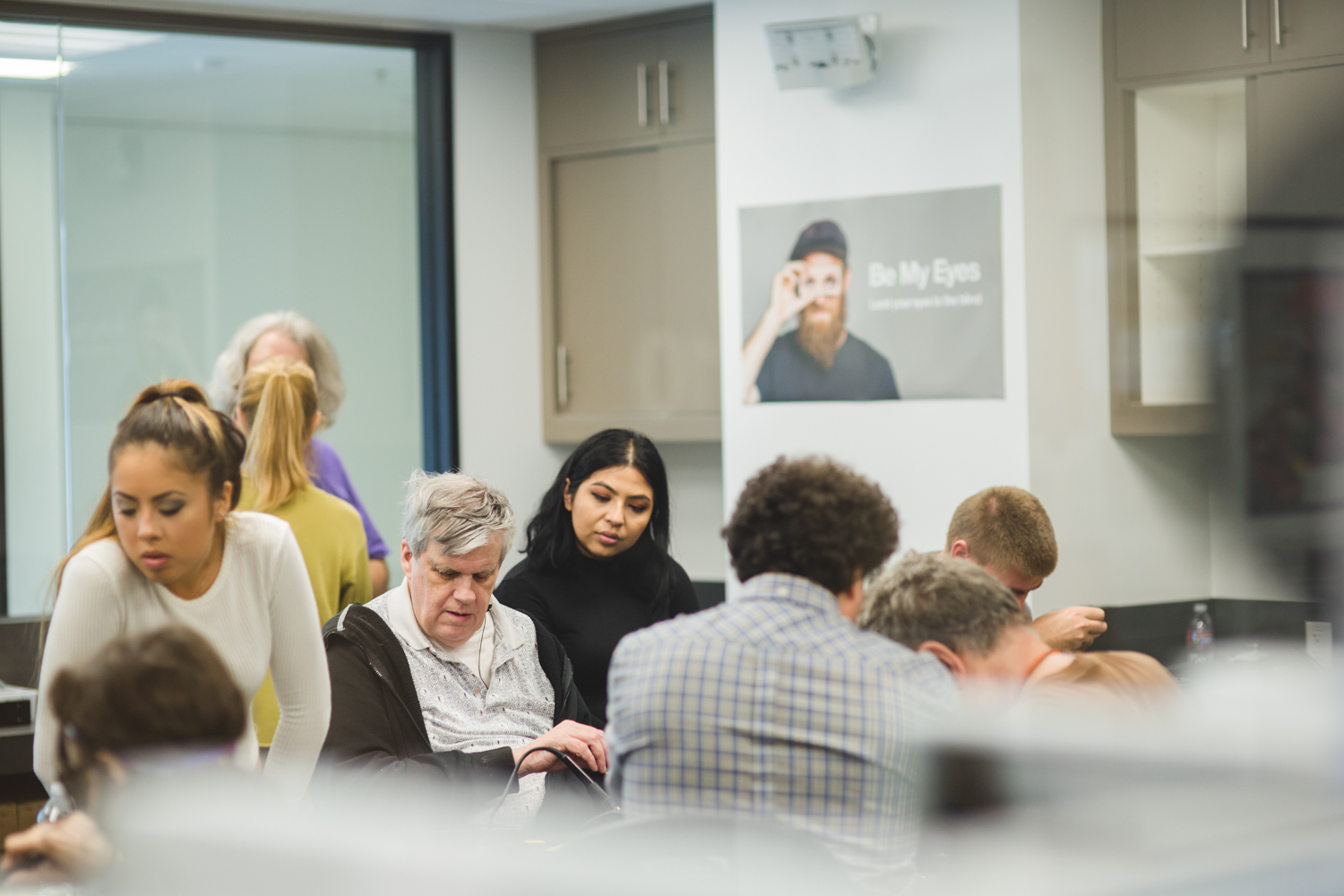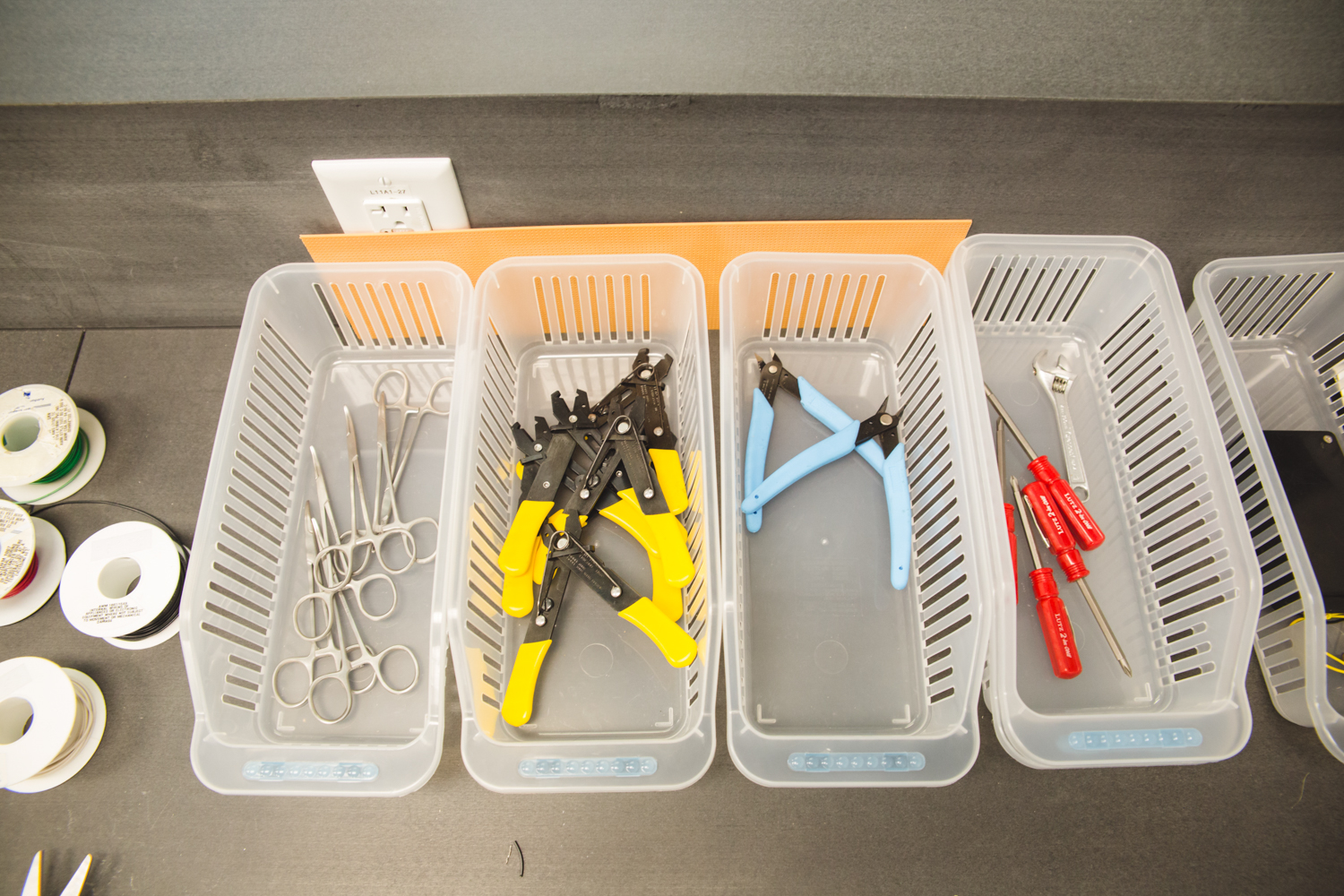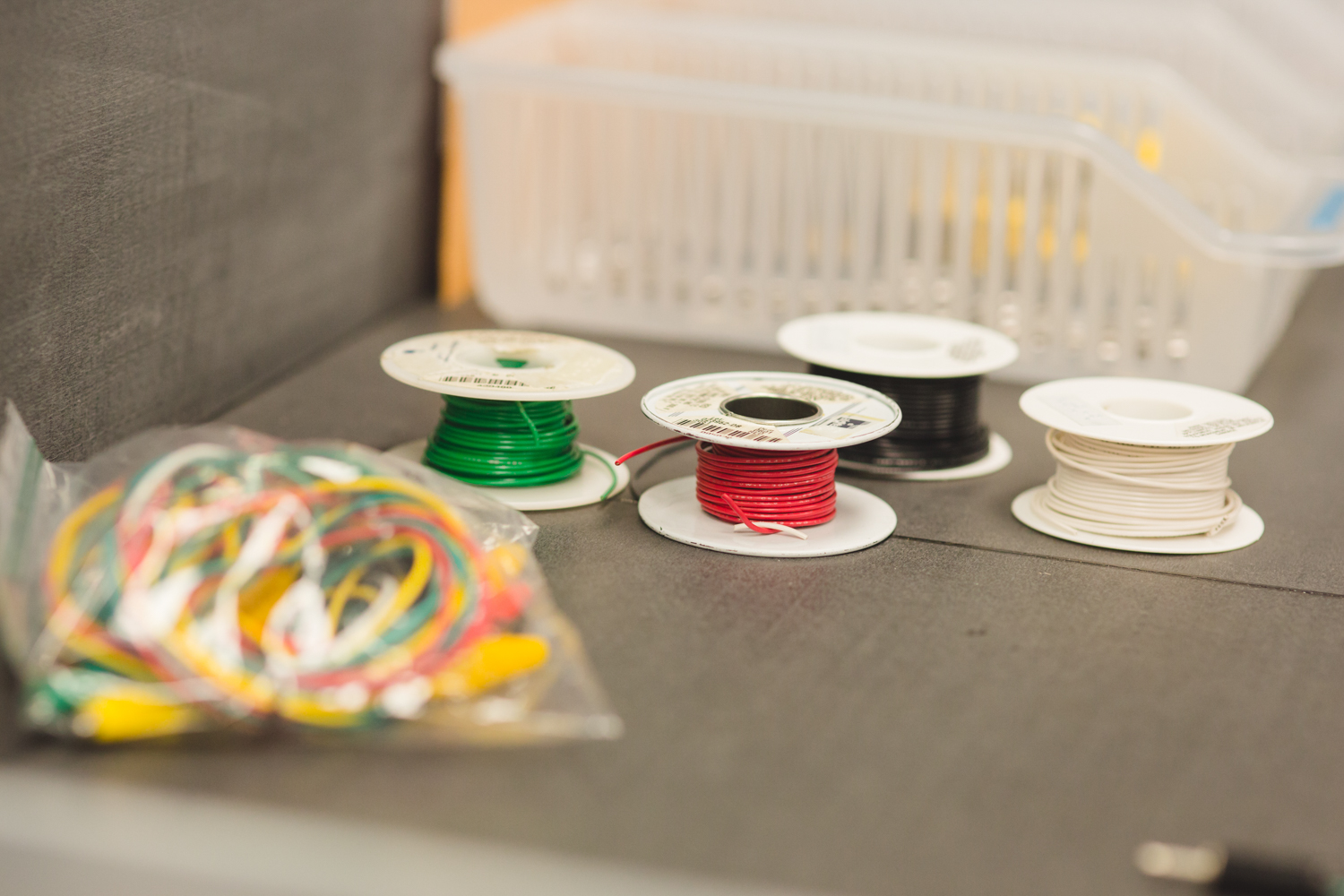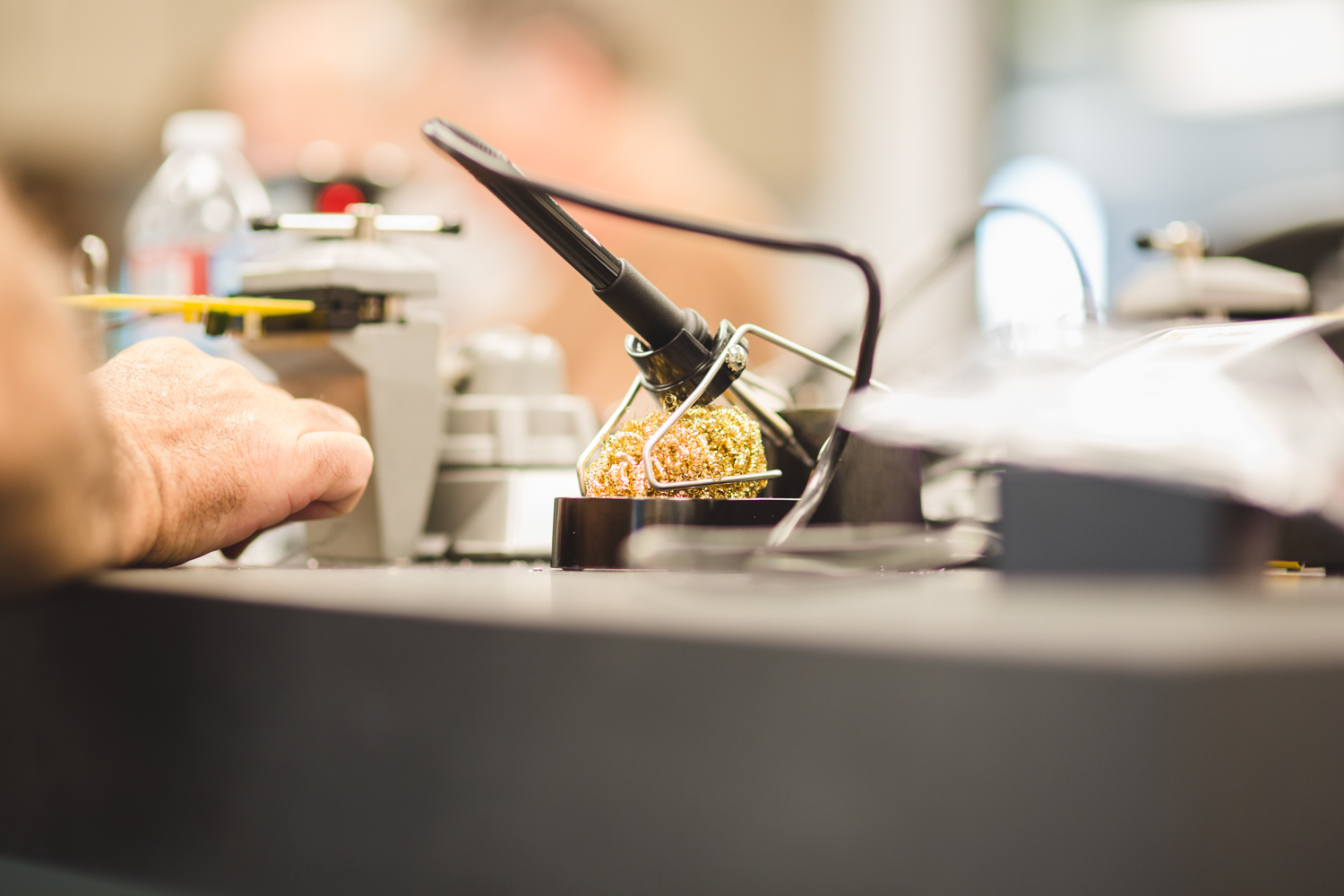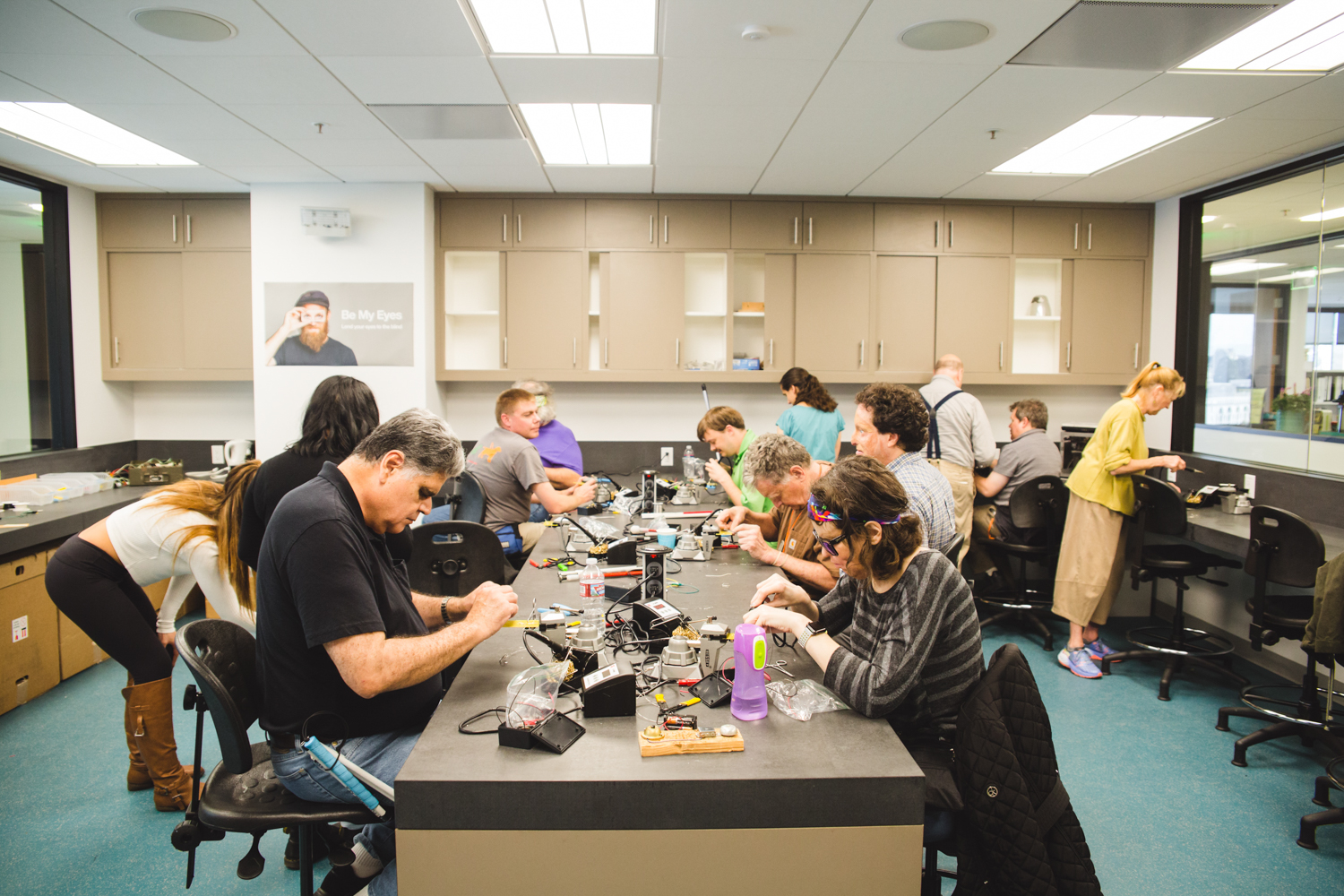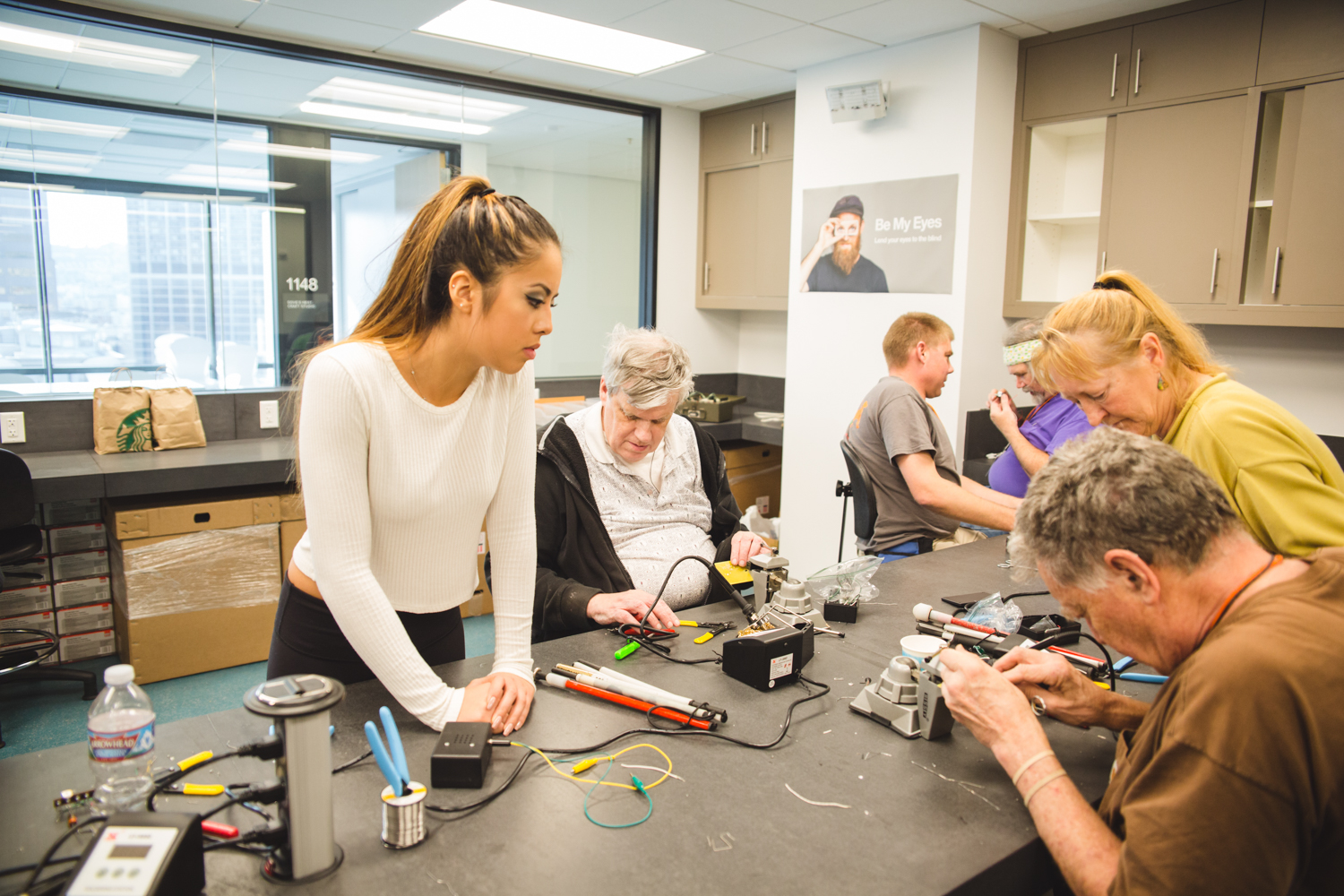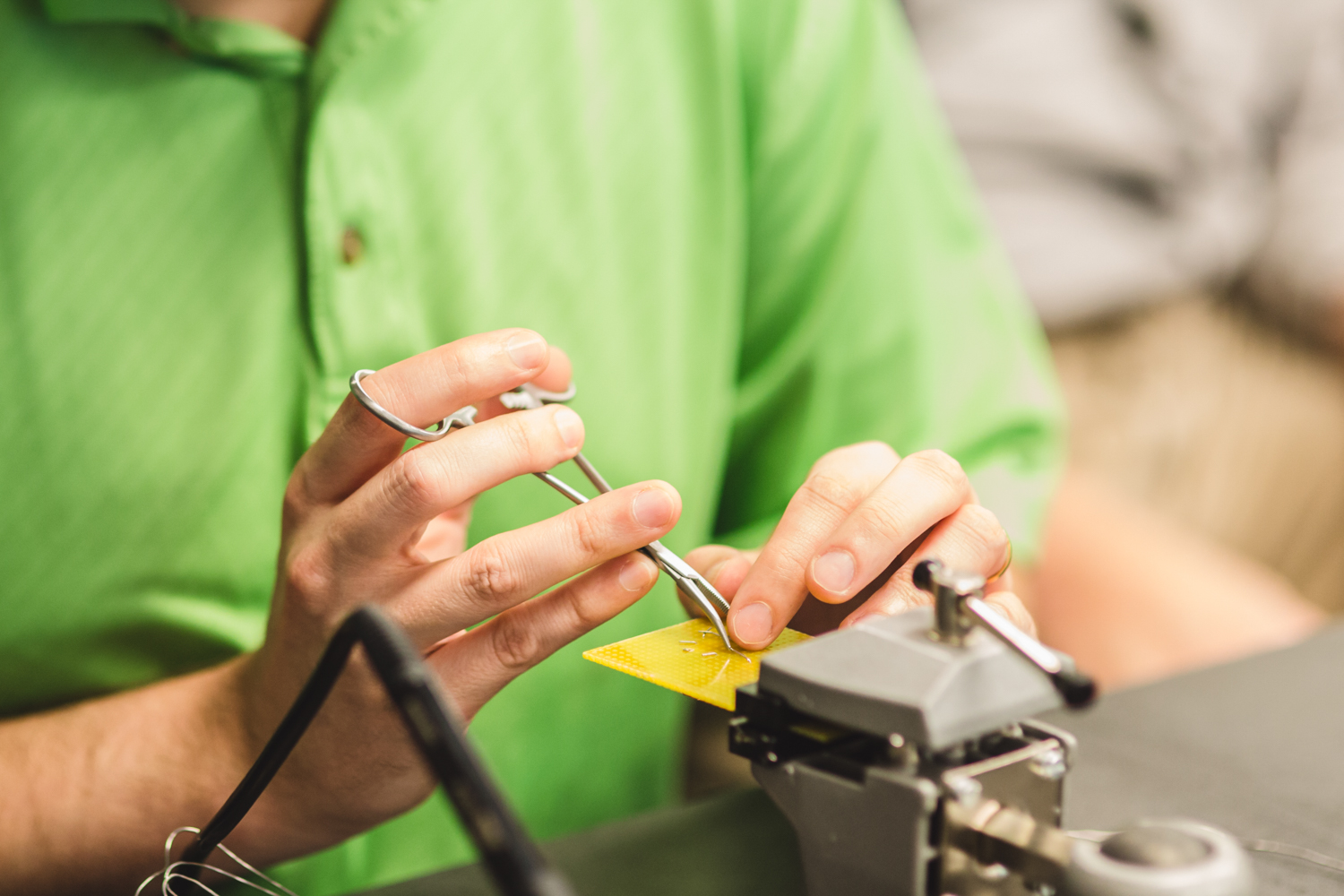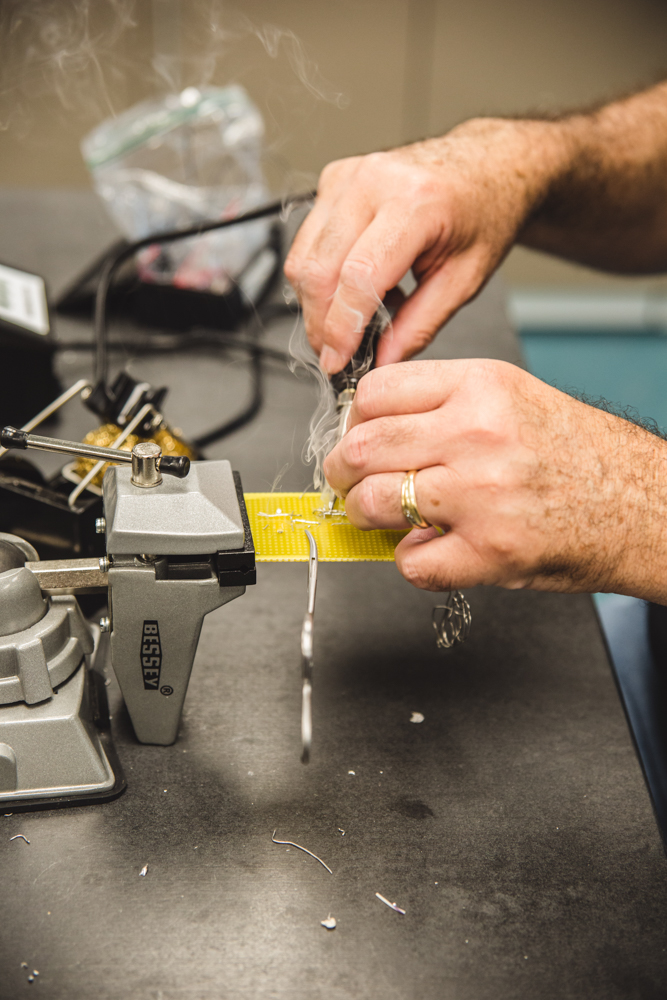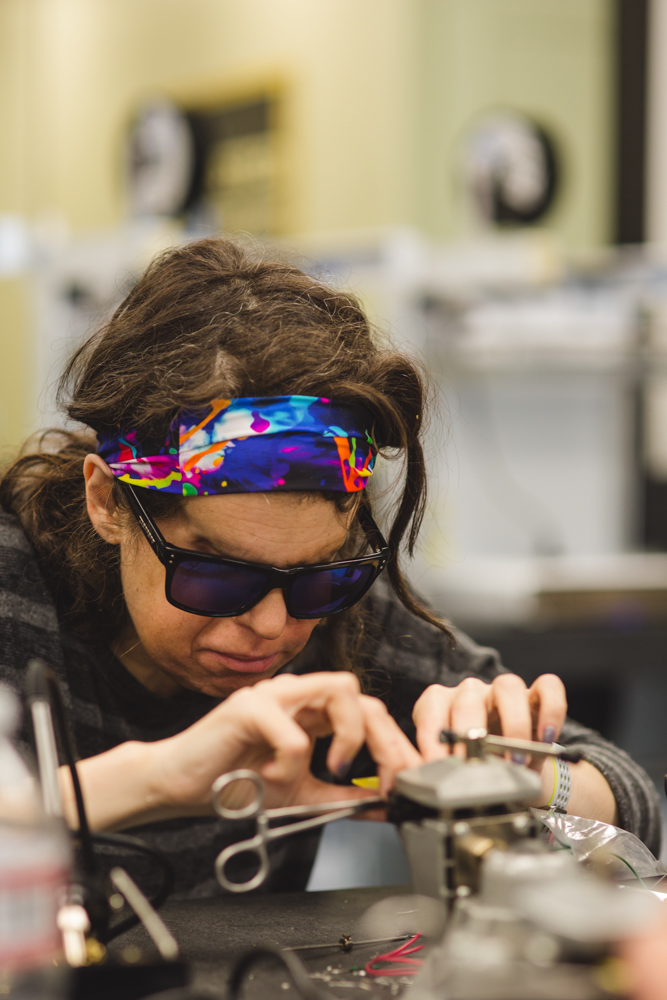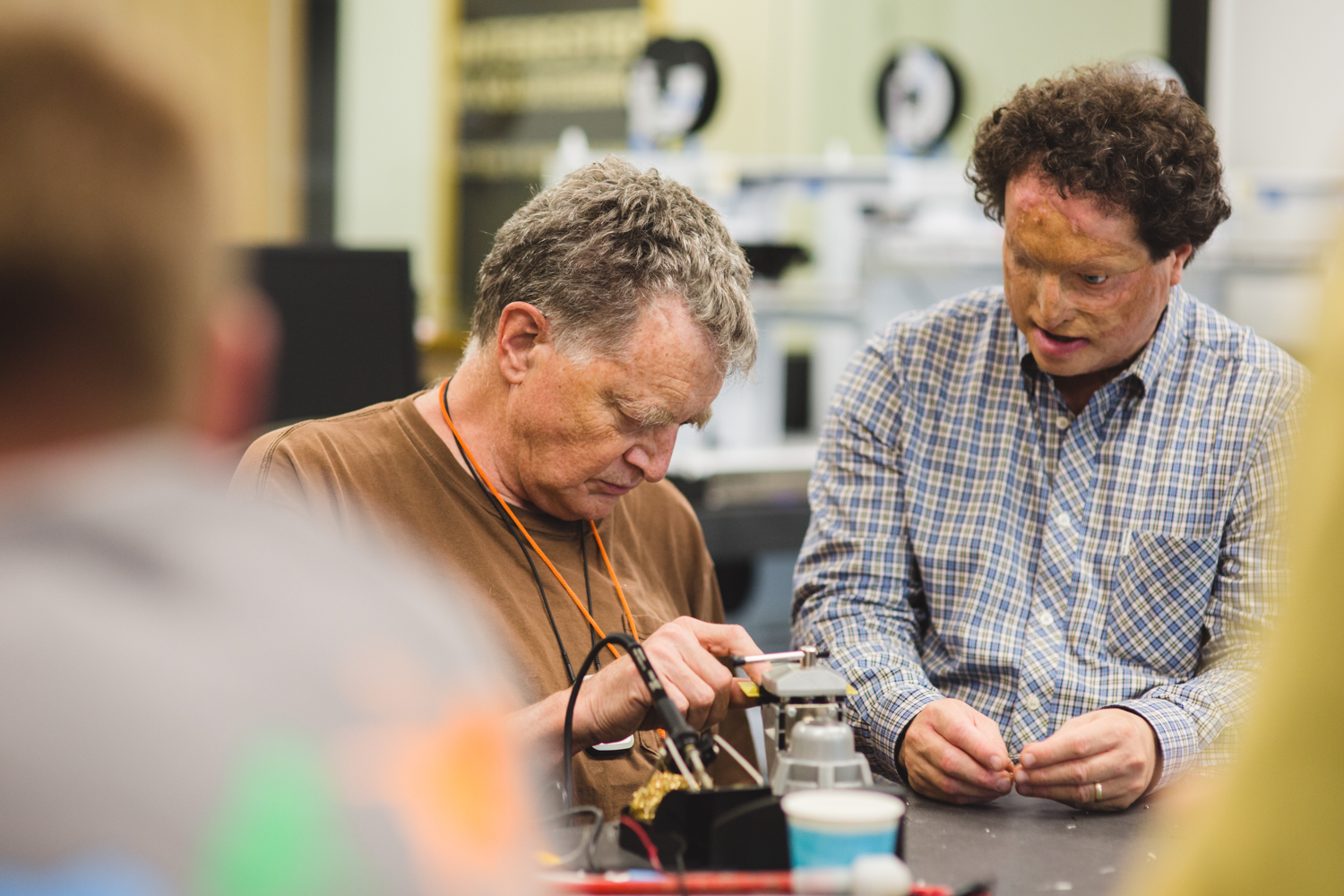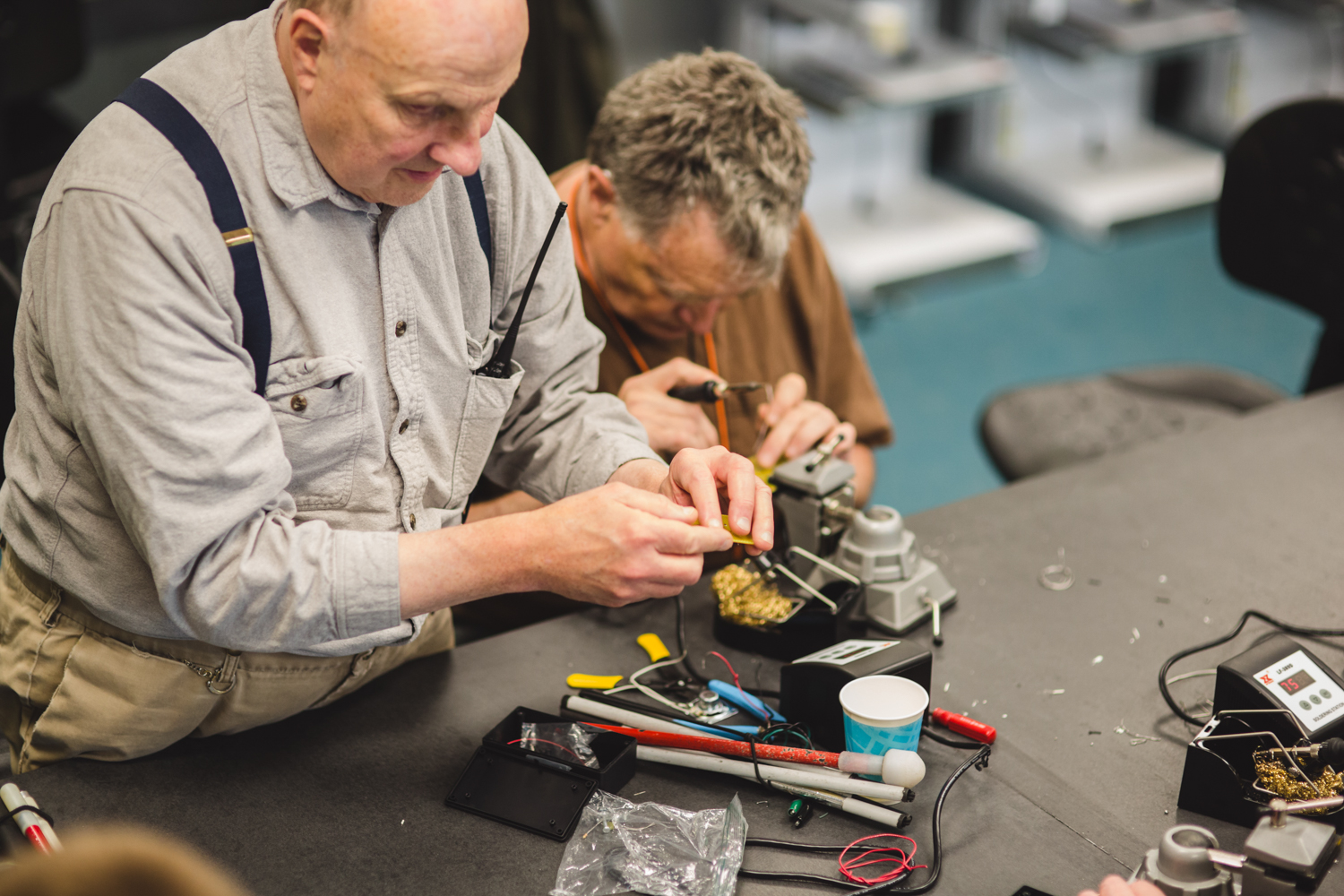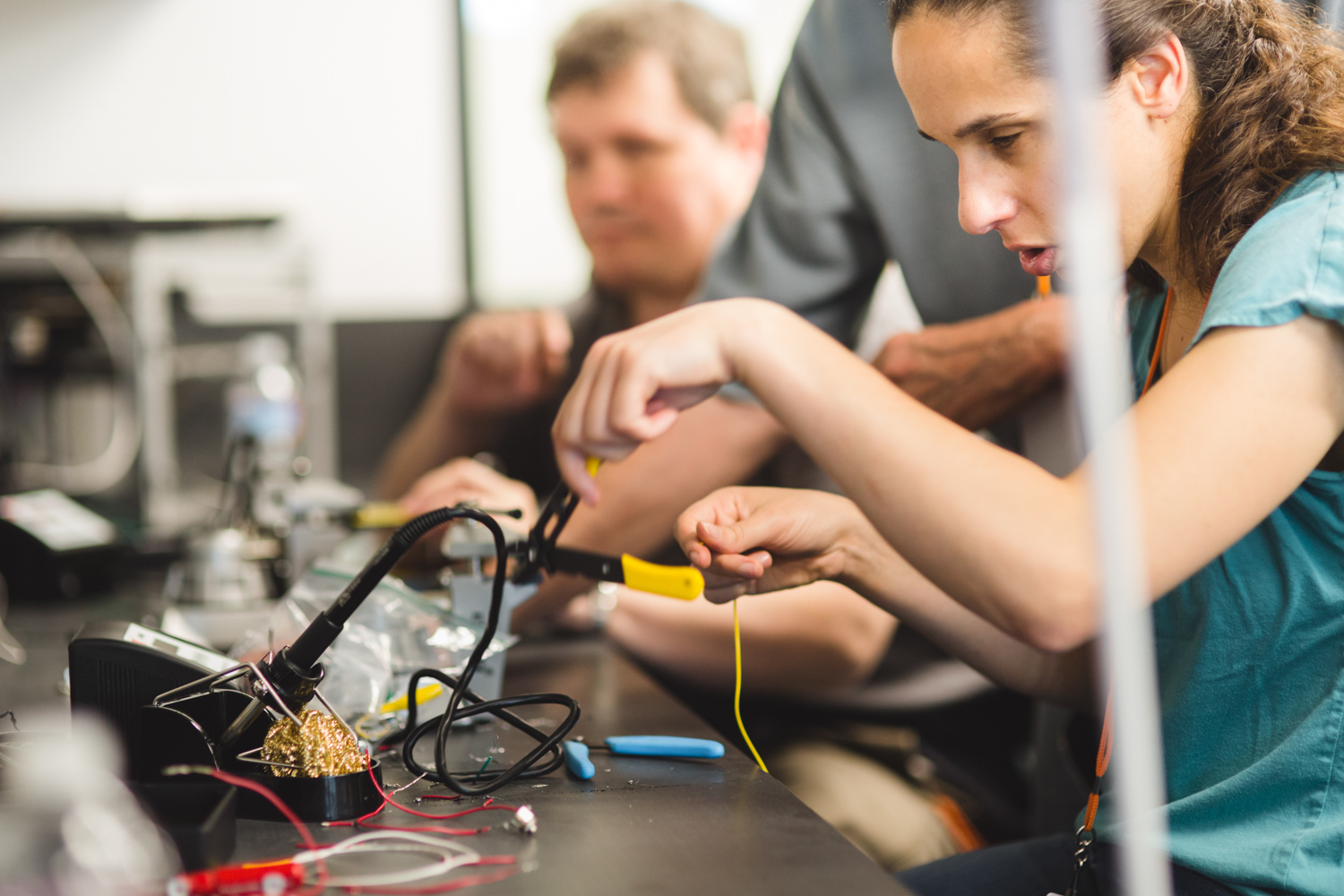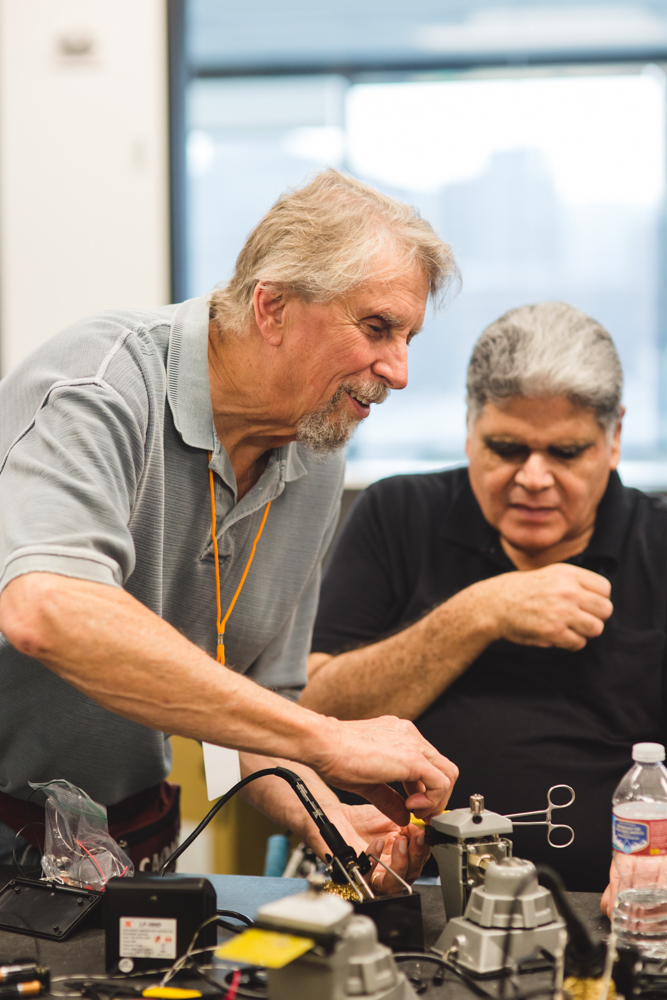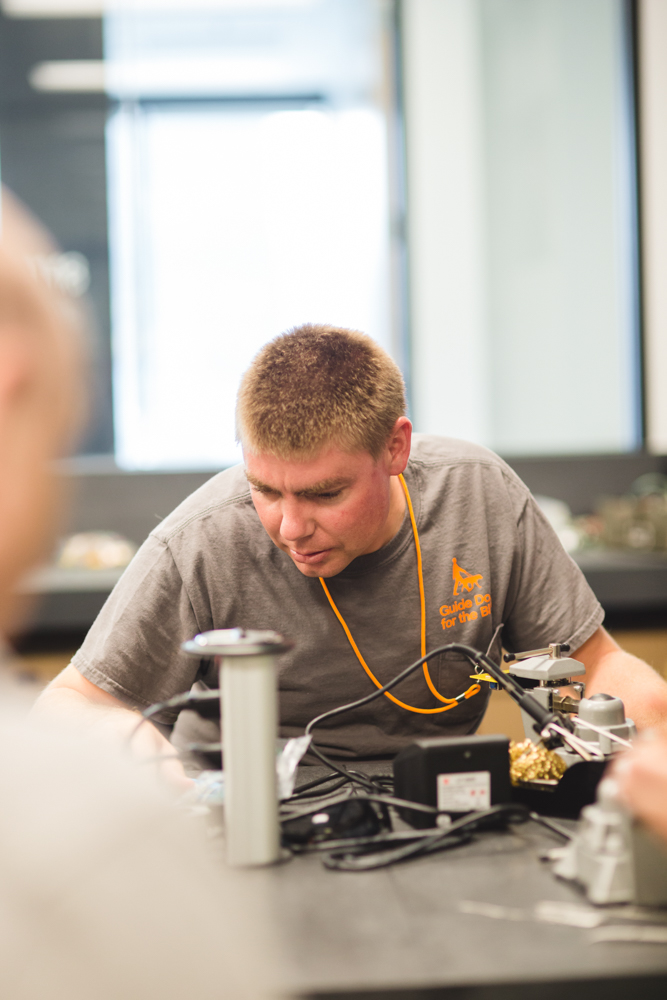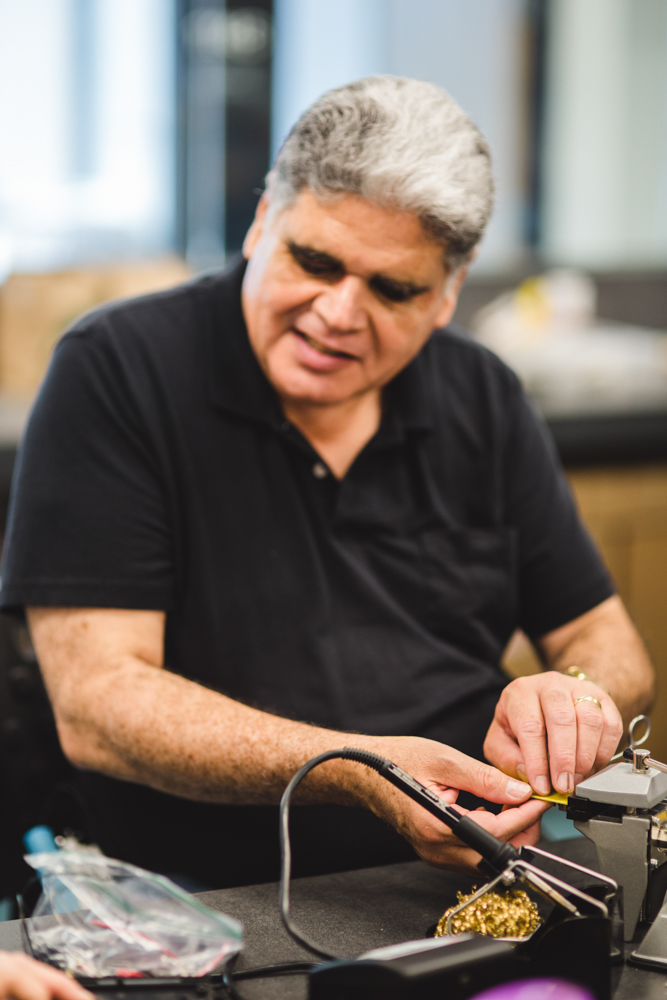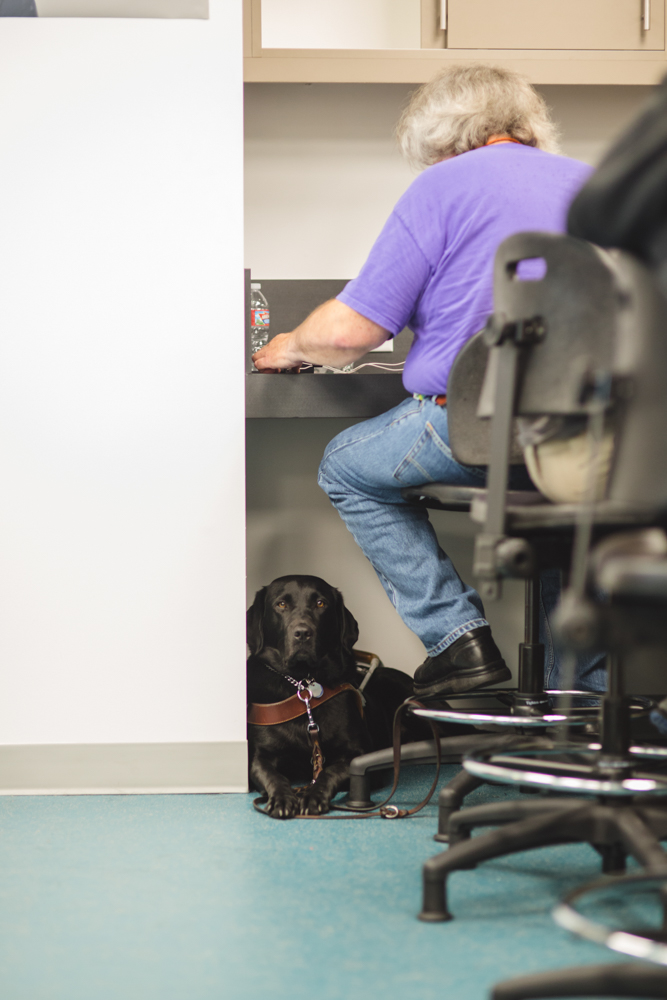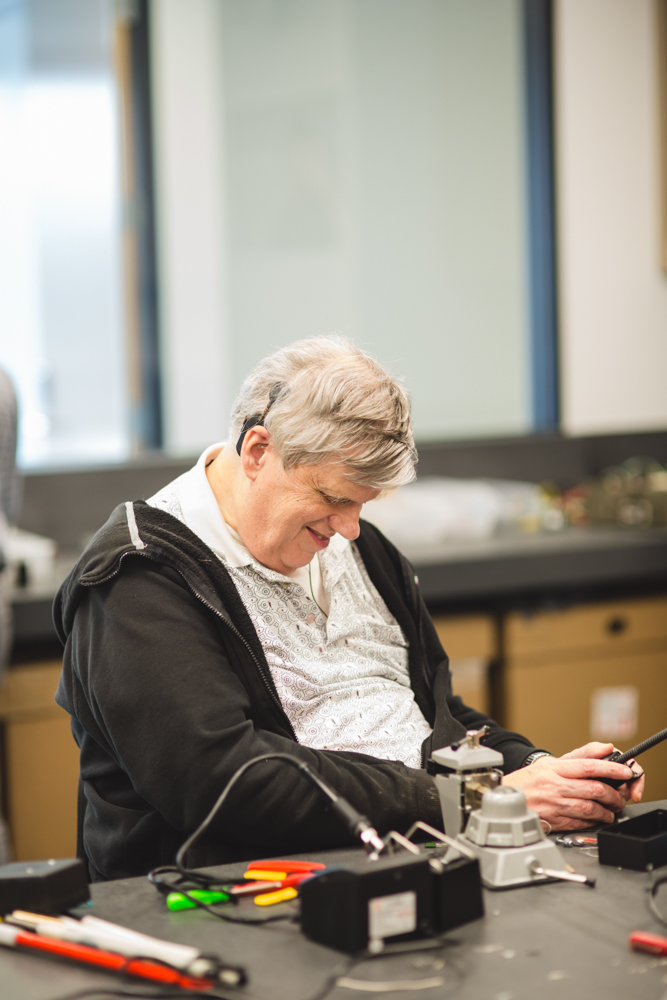Join LightHouse for the Blind and the San Francisco Public Library as we celebrate Josh Miele and the publication of his new book, Connecting Dots: A Blind Life. Enjoy a reading by the author and interview by fellow author, Jason Roberts, small bites, beverages, and networking with the literary and BVI communities. Copies of Connecting Dots: A Blind Life will be available for purchase at the event.
Book Party – Celebrating Connecting Dots: A Blind Life
When: Thursday, March 27, 5:30 – 7:30
Where: LightHouse HQ at 1155 Market St., 10th Floor, San Francisco
What: Author reading and book party
** This is a free event **
Synopsis
Connecting Dots, written in collaboration with veteran journalist Wendell Jamieson – tells the story of Dr. Miele’s personal and professional blind life. From Brooklyn to Berkeley, from childhood to parenthood, from student to scholar, and beyond, this book describes Dr. Miele’s experience growing up, coming of age, and establishing a life and career as a blind person in a sighted world.
Connecting Dots tells the very personal story of Josh’s growth and development while offering his professional take on widely-shared challenges of blindness, such as access to maps and graphics, access to video content, and the challenge of managing uninvited “assistance” from sighted strangers. It also explains some of his unique approaches to solving accessibility challenges, such as automated tools for generating tactile maps, a somewhat shady scheme for crowd-sourcing descriptions of YouTube videos, and a brief but brutal sabotage campaign against inaccessible ATMs in the late 90s. Along the way, he talks about canes and dogs, braille and babies, screen readers and spacecraft, and the rebellion and romance throughout his life that ties them all together.
Reviews and Praises
“An instant classic. Like its author, Connecting Dots is brilliant but approachable; irreverent without losing touch with the seriousness of his subject; and accessible in every sense of the word. Miele’s funny, moving, and absorbing account of his life and work demonstrate the truth behind the proverb about innovation and necessity: disabled people are the true mothers of invention.”
– Andrew Leland, author of The Country of the Blind
“This is not a single book, but several wonderful books wrapped up into one. It’s a science book, a romance, a riveting history of the disability movement, a book about New York, an advice book. And, of course, it’s a memoir—fascinating, honest, and inspirational in a delightfully un-sappy way.”
– A.J. Jacobs, author of The Know It All and The Year of Living Constitutionally
“This is the story of a singular life, one shaped by violence but also by a devoted family, dedicated teachers and an array of fellow blind people who refused to accept the limitations imposed on them by others.”
– Georgina Kleege, author of More Than Meets the Eye: What Blindness Brings to Art
About the Author
Josh Miele has a lifetime of achievements as a trailblazing scientist, inventor, and community leader whose groundbreaking work has transformed accessibility for blind individuals. As a longtime advocate for independence and innovation, Josh has played a pivotal role in advancing technology that enhances the lives of blind people worldwide.
Josh’s enduring contributions to LightHouse include the development of Tactile Maps Automated Production (TMAP), a revolutionary web application that allows for the creation of tactile street maps suitable for braille embossing. First conceptualized in 2003 during his tenure at the Smith-Kettlewell Eye Research Institute, TMAP became a reality through a four-year implementation process at LightHouse, launching for distribution in 2014. The impact of TMAP has been far-reaching, with the maps showcased in a 2018 exhibition at the Cooper Hewitt, Smithsonian Design Museum, and earning LightHouse the prestigious Dr. Jacob Bolotin Award from the National Federation of the Blind.
Beyond his technical contributions, Josh Miele has been a guiding force within LightHouse leadership. Serving on the LightHouse Board of Directors from 2008 to 2019, he founded LightHouse Labs and served as Board President for two terms. His commitment to fostering innovation and accessibility has left an indelible mark on our community.
About Jason Roberts
Jason Roberts, a University of California Santa Cruz alumni, worked as a software engineer at Apple before leaving to write a series of books on both hardware and software topics, then to serve as a technology reporter for the Village Voice. Roberts is the author of A Sense of the World: How a Blind Man Became History’s Greatest Traveler, as well as Every Living Thing: The Great and Deadly Race to Know All Life.
Publishing Details
On Sale: March 4, 2025
Publisher: Grand Central Publishing
ISBN-13: 9780306832789\

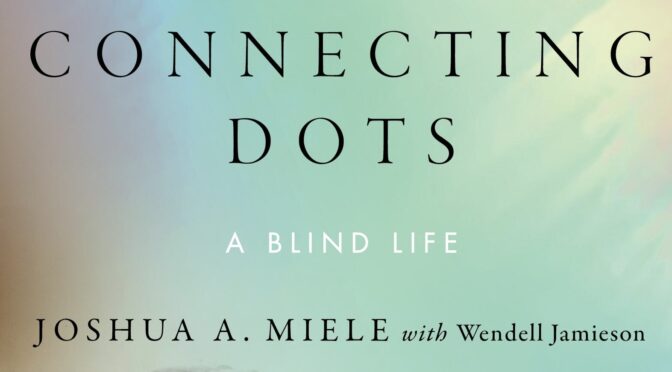
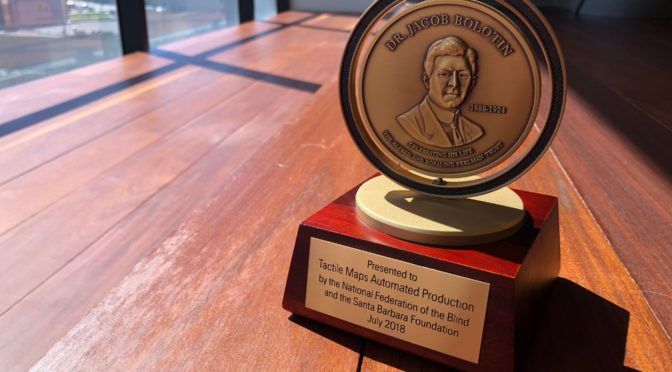
 On Sunday we accepted a national award for a new technology that’s got the blindness community talking – and walking.
On Sunday we accepted a national award for a new technology that’s got the blindness community talking – and walking.